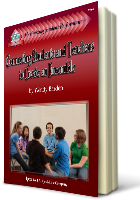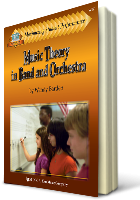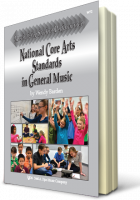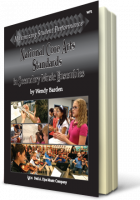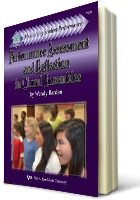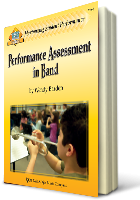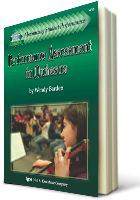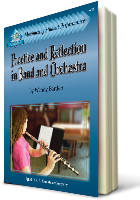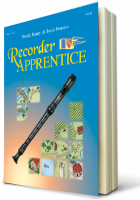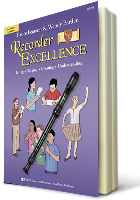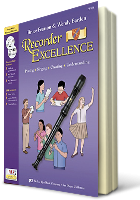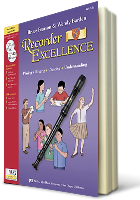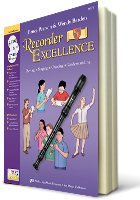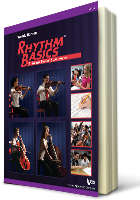Fantasia: A great concert and more!
Not long ago I attended Disney Fantasia – Live in Concert with the Minnesota Orchestra. Nine scenes from Fantasia and Fantasia 2000 were projected on a large screen above the stage, and the orchestra provided the soundtrack live. It was hard to know where to look sometimes—the screen or the orchestra. [I’m a true Disney fan and yet] Fantasia never sounded so good! The soloistic woodwind melodies were rich and vibrant, particularly in Nutcracker Suite and The Firebird Suite. I loved watching the bow arms of the string sections. I have a new appreciation for what they were being asked to do for “just” a soundtrack. And, wow! The power and depth of the brass in The Pines of Rome made me smile… even though I think there’s a big disconnect between the Appian Way and whales. If you have a chance, I’d highly recommend this multimedia performance!
Yes, and… How might Fantasia—Live in Concert relate to our music classrooms?
First, I’m thinking about how hearing and seeing a live concert brings music to life. Is it possible to take your students to a concert by a professional ensemble? Might you be able to host a college or high school group in your school? Is there someone in your school community who can share his or her music with students? The best technology can deliver interesting and amazing performances that often pale in comparison to being part of live music making.
I’m also thinking more specifically about how attending any live performance (or Fantasia—Live in Concert) can support opportunities for students to address the National Core Arts Standards (NCAS) artistic processes of responding and connecting. Students would be able to consider a variety of questions from a first-hand, real-world perspective:
- If you were to select one of the pieces from the concert to learn more about, or to hear again, which piece would it be? Explain.
- What do you think the composer and performer are trying to communicate in a particular piece/performance? Do you think you get the same message as someone else? Explain. What about the sound of the music makes you say that?
- What visual image would you associate with one of your favorite pieces that would help others become more engaged with your music? Explain.
- If it were up to you to select music for a new Fantasia, what one song or piece would you choose? Explain.
- How does having a visual image connected to music influence the way you think about either the music or the image? Do you agree with how the animator has portrayed one of the pieces in Fantasia? Explain.
Finally, I’m wondering what it would be like for our students to consider music, emotion, communication, and drama in reverse—start with a visual image and add music. A great middle level teaching resource is Cathy Blair’s Music Makes the Scene, which includes a DVD of 10 film clips and duplicable worksheets. Students watch a film clip first without audio, and then three more times—each with a very different style of music as the soundtrack. Their task each time is to decide which music best fits the action on the screen. Duplicable worksheets help students analyze and compare/contrast the alternative soundtracks, and then let the discussions begin! Students are applying their knowledge of music in a real world problem, and there’s not just one right answer. Win-win-win!
Thanks for pausing with me for a few minutes in your busy week. Have a good one!
____________________
Blair, Cathy. Music Makes the Scene: The impact of music on the movies… and on you! Dayton, OH: Heritage Music Press (2008).
State Education Agency Directors of Arts Education. National Core Arts Standards. Dover, DE: State Education Agency Directors of Arts Education, on behalf of the National Coalition for Core Arts Standards (2014).



